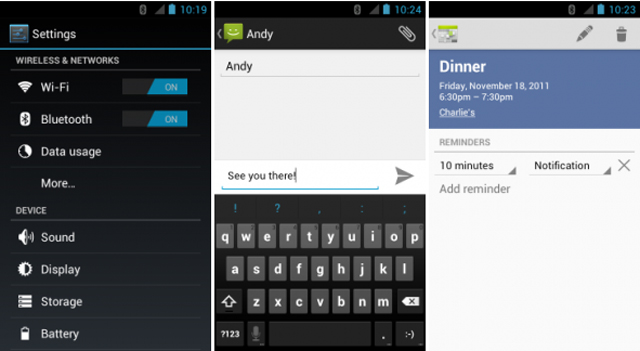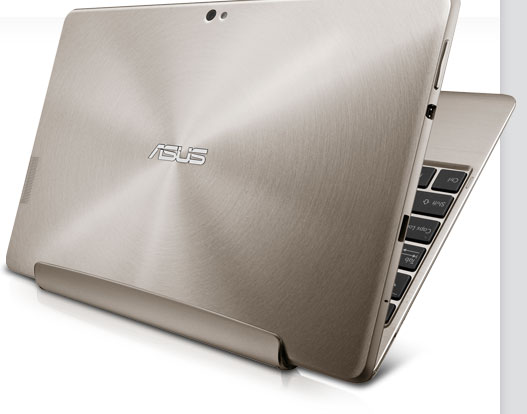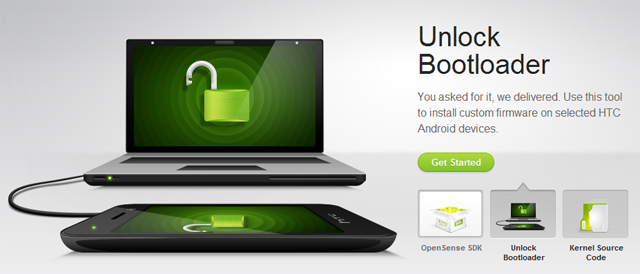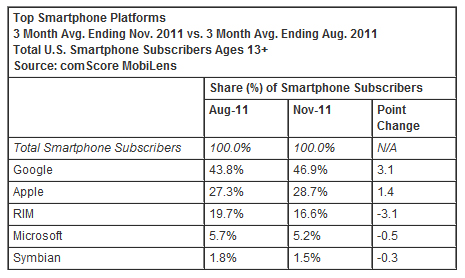
Android 4.0 was created to help unify Android across all devices. Yesterday, Google took that goal of unification one step further. From here on out, any device running Android 4.0 with the Android Market, will require the inclusion of the unmodified Holo theme family. The Holo theme family consists of the themes Theme.Holo, Theme.Holo.Light, and Theme.Holo.Light.DarkActionBar. You can see examples of these three themes in the above image. These requirements will help better control the rampant “fragmentation” of Android and will allow manufactures to continue using their own custom themes, while providing a familiar experience.

HTC has made good on its promise to bring Honeycomb to its HTC Flyer Android tablet. HTC had to include support for its Scribe technology and custom UI and that’s why it took them a tad longer to get it out to customers. The Honeycomb update is rolling out now and will bring the HTC Flyer from Gingerbread to Android 3.2. There’s been different reports going around that the update is rolling out to WiFi only models, but we’ve also heard that the 3G versions is seeing the update, so we’re not exactly sure who’s getting it at this point.

The ASUS Transformer Prime has been somewhat of a roller coaster ride for consumers. This hot ticket item has been available and unavailable ever since its pre-order announcement. Some people have had their orders canceled while others have been lucky enough to have one delivered. Then, after everything is said and done and you actually receive one, it’s possible you might end up having GPS issues. According to numerous users, the ASUS Transformer Prime has one heck of a time locking onto a GPS signal, especially when offline. While ASUS hasn’t publicly stated a cause, they have released a couple of updates which we assume were attempts to fix the problem.

When it comes to unlocking bootloaders, HTC has been on a roll. We recently reported the news of HTC allowing for all devices launched after September 2011 to be unlockable, and now, it seems they are adding more pre-Sepetmeber 2011 devices to their long list of supported devices. An unprecedented gesture of developer support if you ask me.

comScore remains a leading source for measuring key mobile trends, and their latest report is giving me a sense of deja vu. If we look at the results from the three month period ending November 2011, it’s safe to say that not much has changed. Samsung still remains the top OEM with 25.6 percent of U.S. mobile subscribers (up 0.3 percentage points), followed by LG with 20.5 percent. RIM finished last out of the top 5 with a 6.5 percent share (down 0.6). As for mobile OS platforms, I bet you can guess who’s leading.


